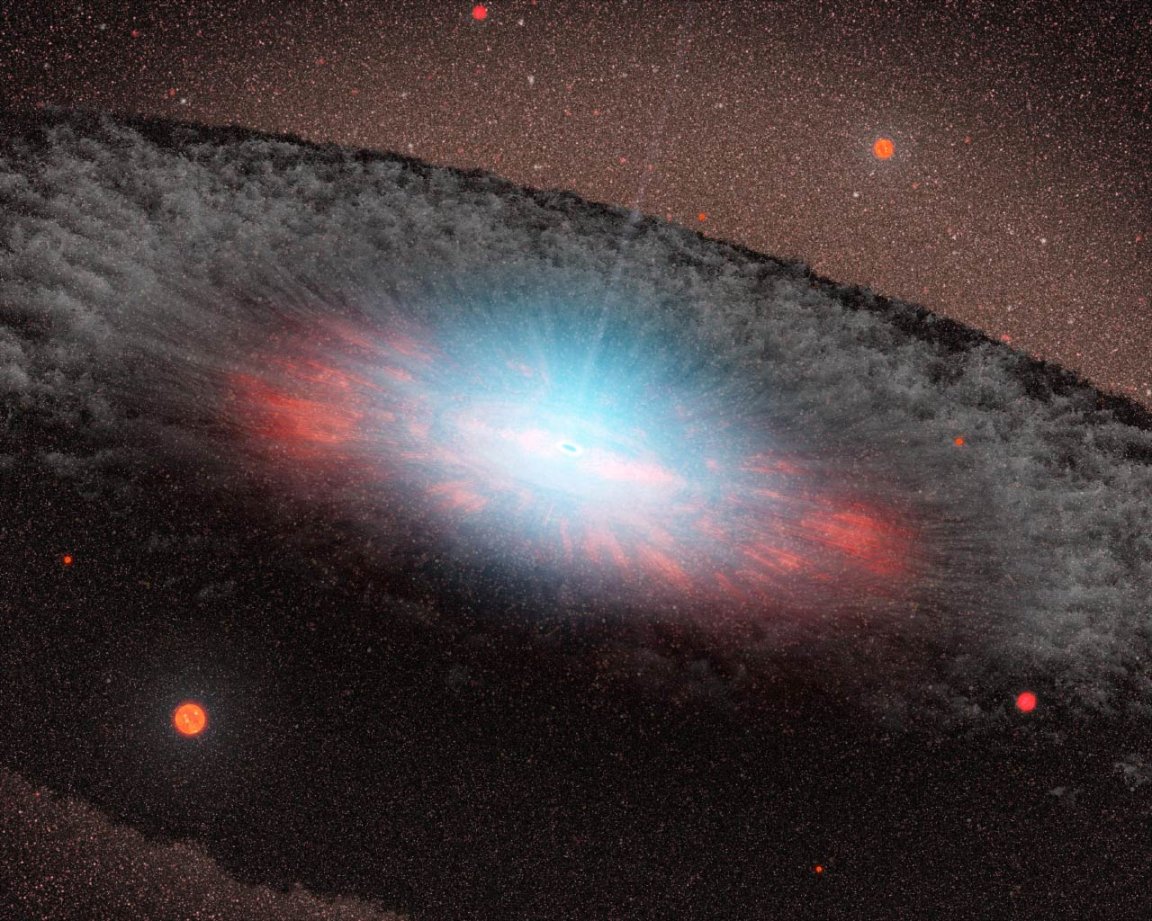
Supermassive Black Holes
A supermassive black hole is an enormous astronomical object that has millions to billions times more mass than our sun squeezed into relatively small areas. This creates an incredibly strong gravitational pull that not even light can escape. Scientists believe that these giants are at the center of most massive galaxies, including our own. Now, with the advanced NASA Nuclear Spectroscopic Telescope Array (NuSTAR) satellite observatory, a team of researchers posits that there may be many more supermassive black holes than previously thought and that they are largely hidden all across the universe.
NuSTAR Findings
The team was able to detect the very high energy x-rays from five supermassive black holes previously clouded from view by dust and gas. The massive objects were much more bright and active than anticipated, rapidly accreting nearby light and material and emitting great amounts of radiation. Such remarkable observation had not been feasible before NuSTAR, established in 2012, as the observatory is the first to have the capacity to detect these types of high energy x-rays.
Hidden Monsters
Researchers believe that actually confirming these “hidden monsters” in obscured regions supports the theory that potentially millions more supermassive black holes exist and are hidden all over the Universe. Since they envelope everything, black holes themselves can’t be seen, rather scientists detect their effects when they ‘pull’ on a star’s material or other nearby objects. So, what if a black hole exists in isolation, with no nearby bodies to accrete? These are the black holes that are impossible to detect. Provided of course interstellar travel were possible, if you were to come upon a black hole like this, you could detect its presence only when it began to ‘pull’ your craft, at which point it would almost certainly be too late to escape. So, since they are so massive and inescapable, the prospect that they are hidden from us is really quite monstrous!
Source: ScienceDaily, NASA
Images: Sci-News, University of Texas at Austin
